Indulging in the art of baking, especially when it involves the comforting aroma of Homemade Overnight Cinnamon Rolls, is a delightful experience that combines culinary creativity with the simple joys of home cooking. This comprehensive guide will walk you through the process of crafting these gooey, fluffy treats, ensuring that even a novice baker can achieve gourmet breakfast results. From the essential ingredients to expert baking tips, we’ll cover everything you need to know to make your cinnamon rolls the talk of the breakfast table. Let’s dive into the world of rich flavors, perfect rises, and the ultimate comfort food.
Introduction to Homemade Overnight Cinnamon Rolls
The Joy of Baking Cinnamon Rolls at Home
There’s something undeniably special about the process of baking Homemade Overnight Cinnamon Rolls. It’s not just about the end product; it’s about the journey – the mixing, kneading, and anticipation that builds as the dough rises. The aroma of warm spices filling your kitchen is a prelude to the joy that these sweet treats bring. Baking at home allows you to control the quality of ingredients, ensuring a healthier and more personalized experience.
Why Overnight Preparation Enhances Flavor
Opting for an overnight preparation isn’t just a matter of convenience; it’s a choice that significantly enhances the flavor and texture of your cinnamon rolls. The slow, cold fermentation process allows the dough to develop a deeper flavor profile. The yeast works its magic gradually, resulting in a more complex taste and a texture that’s both fluffy and rich. This method also breaks the process into manageable steps, making it less daunting and more enjoyable.
In the next part, we’ll delve into the essential ingredients that make these cinnamon rolls not just good, but absolutely irresistible. Stay tuned for a deep dive into the world of flours, yeasts, and the perfect balance of sugars and fats that create the ultimate Homemade Overnight Cinnamon Rolls.
Understanding Different Types of Yeast can be crucial in achieving the perfect rise and flavor in your cinnamon rolls. It’s a resource worth exploring for any aspiring baker.
Related link: Mastering Basmati Rice: Cooking Tips for Fluffy and Fragrant Grains
In the next installment, we’ll explore the essential ingredients that make these cinnamon rolls a cut above the rest. From the type of flour that gives the best texture to the role of yeast in the rising process, we’ll cover all the bases to ensure your cinnamon rolls are nothing short of perfection. Stay tuned!
Essential Ingredients for Perfect Cinnamon Rolls
Choosing the Right Flour
When it comes to baking Homemade Overnight Cinnamon Rolls, the choice of flour can make a world of difference. All-purpose flour is often the go-to for its versatility and availability. However, for those seeking a chewier texture, bread flour is an excellent alternative. It’s all about the gluten content – higher in bread flour, leading to a more elastic dough. Remember, the type of flour not only affects the texture but also the way the dough handles and rises.
The Importance of Yeast and Milk
Yeast is the heart of any cinnamon roll recipe. Whether you choose active dry or instant yeast, understanding its role is crucial for the perfect rise. Yeast not only helps the dough to rise but also contributes to the flavor. Warm milk activates the yeast, and its fat content adds to the richness of the dough. Whole milk is preferred for its creaminess, but buttermilk can be a tangy alternative, adding a subtle complexity to the flavor.
Sugars and Fats: Balancing Sweetness and Texture
The balance of sugars and fats is essential in creating the perfect cinnamon roll. Granulated sugar sweetens the dough, while brown sugar in the filling offers a deeper, caramel-like sweetness. The type of fat used, typically unsalted butter, contributes to the roll’s tenderness and flavor. It’s important to use it at the right temperature – softened but not melted – for easy spreading and to achieve that gooey, melt-in-your-mouth texture.
related link : Delicious Gumbo Recipe: A Taste of Southern Comfort
In the next section, we’ll guide you through the step-by-step preparation of these delicious rolls. From mixing and kneading the dough to the first and second rise, we’ll ensure you have all the information you need to create fluffy, flavorful cinnamon rolls that are sure to impress.
For more insights on perfecting your pastries, Expert Baking Tips for Perfect Pastries offers valuable advice that can elevate your baking game.
Stay tuned for the next part, where we’ll dive into the detailed preparation process, ensuring your cinnamon rolls turn out perfectly every time. From kneading techniques to the secrets of the perfect rise, we’ve got you covered!
Detailed Preparation Guide for Overnight Cinnamon Rolls
Mixing and Kneading the Dough
The journey to perfect Homemade Overnight Cinnamon Rolls begins with mixing the dough. Start by combining warm milk, yeast, and a bit of sugar, allowing the mixture to become foamy – a sign that the yeast is active. Gradually add in your flour, sugar, softened butter, eggs, and a pinch of salt. The key here is to add the flour slowly, ensuring each cup is fully integrated before adding the next. This gradual process aids in developing gluten, which is essential for the dough’s elasticity and rise.
Once your dough comes together, it’s time to knead. This can be done with a stand mixer fitted with a dough hook or by hand on a floured surface. Kneading is more than just a step; it’s an art. It strengthens the dough, distributing the yeast and allowing gluten to develop. You’re looking for a dough that’s smooth, elastic, and slightly tacky to the touch.
The First Rise: Creating Fluffiness
After kneading, place your dough in a lightly oiled bowl, cover it, and let it rise. This is where patience plays a role. The first rise is crucial for developing flavor and texture. The dough should double in size, a process that typically takes about two hours. This slow rise contributes to the development of a light, airy structure in your cinnamon rolls.
Shaping and Filling the Rolls
Once your dough has risen, it’s time to shape your rolls. Roll the dough into a rectangle and spread a generous layer of softened butter over it. Then sprinkle a mixture of brown sugar and cinnamon evenly on top. Roll the dough tightly from one end to the other, and then cut it into individual rolls. This process not only shapes your cinnamon rolls but also ensures that every bite is packed with that sweet, spicy filling.
The Second Rise: Ensuring Perfect Texture
Place your shaped rolls in a baking dish, cover them, and let them rise again. This second rise is essential for achieving that perfect, fluffy texture. It allows the rolls to puff up, ensuring they are light and airy when baked. This rise can take about an hour, but it’s worth the wait for the perfect texture.
In the next part, we’ll delve into the baking process and explore different icing options to top off your delicious cinnamon rolls.
For additional baking insights and creative ideas, Complementary Breakfast Recipes for Your Morning can provide inspiration for pairing your cinnamon rolls with other delightful dishes.
Stay tuned for our next installment, where we’ll reveal the secrets to baking your cinnamon rolls to golden perfection and crafting the ultimate icing to drizzle over them. Get ready to bring your baking skills to new heights!
Baking and Icing Tips
Oven Temperatures and Baking Times
The moment of truth for your Homemade Overnight Cinnamon Rolls is the baking process. Preheat your oven to the right temperature, typically around 350°F (177°C). This ensures a gentle bake that cooks the rolls through without burning the tops. Place your pan in the center of the oven for even heat distribution. Baking times can vary, but generally, it takes about 25-30 minutes for the rolls to turn a delightful golden brown. Keep an eye on them and remember, every oven is different, so adjustments might be necessary.
Cream Cheese Icing vs. Vanilla Icing
While your cinnamon rolls are baking, it’s the perfect time to prepare the icing. The classic choice is a rich cream cheese icing, beloved for its tangy and creamy contrast to the sweet, spicy roll. Simply beat together cream cheese, powdered sugar, a splash of milk, and a hint of vanilla until smooth. For a lighter option, vanilla icing made with powdered sugar, milk, and vanilla extract offers a sweet, simple glaze. Both icings should be drizzled over the rolls while they’re warm, allowing it to melt into every spiral.
In the next part, we’ll share some advanced tips and tricks to take your cinnamon rolls
to the next level. From tweaking ingredients for dietary needs to exploring creative variations, we’ll ensure your cinnamon rolls are not just baked, but crafted with expertise and innovation.
Stay tuned for our upcoming section, where we’ll dive into the finer details of cinnamon roll mastery. Whether you’re a seasoned baker or a curious newbie, these tips will elevate your baking experience, ensuring every batch of cinnamon rolls is a delightful adventure in flavor and texture.
Advanced Tips and Tricks
Adjusting Ingredients for Dietary Needs
Baking Homemade Overnight Cinnamon Rolls doesn’t mean you can’t cater to various dietary preferences or restrictions. For a vegan version, consider plant-based milk alternatives and vegan butter. To reduce sugar, try natural sweeteners like honey or maple syrup in the dough, but remember this might slightly alter the texture. For a gluten-free option, use a high-quality gluten-free flour blend designed for baking. These adjustments allow everyone to enjoy these delightful treats without compromise.
Creative Variations on the Classic Recipe
Once you’ve mastered the classic cinnamon roll, why not get creative? Add chopped nuts or raisins to the filling for an extra crunch and flavor. Experiment with different spices like cardamom or nutmeg for a unique twist. You can also try different fillings like apple cinnamon or pumpkin spice for a seasonal variation. The possibilities are endless, and each variation adds a personal touch to this classic recipe.
In the next part, we’ll explore common questions and concerns, providing you with the confidence to tackle any challenge that might arise in your cinnamon roll baking journey.
Stay tuned for our FAQs section, where we’ll address the most common queries and offer solutions to ensure your baking experience is as smooth and enjoyable as possible. Whether it’s troubleshooting dough issues or storage tips, we’ve got you covered!
FAQs and Common Concerns
Yeast FAQs for Beginners
For those new to baking with yeast, it’s common to have questions. “What’s the difference between active dry and instant yeast?” Active dry yeast needs to be dissolved in liquid, while instant yeast can be mixed directly with dry ingredients. “How do I know if my yeast is still good?” Check the expiration date, and if in doubt, proof the yeast by dissolving it in warm water with a pinch of sugar. If it bubbles and foams, it’s active.
Troubleshooting Dough Issues
If your dough isn’t rising, it could be due to expired yeast, incorrect water temperature, or a drafty environment. Ensure your yeast is fresh, the water is warm (but not hot), and the dough is kept in a warm, draft-free area. If the dough is too sticky, add flour a tablespoon at a time. Remember, the dough should be tacky but not overly sticky.
Storage and Reheating Tips
Cinnamon rolls are best enjoyed fresh, but they can be stored. Keep them in an airtight container at room temperature for up to 2 days or refrigerated for up to 5 days. To reheat, warm them in the oven at 350°F for about 10 minutes or in the microwave for a few seconds. This will help revive their freshness and gooey texture.
In the next part, we’ll wrap up our comprehensive guide, recapping the key takeaways and encouraging you to experiment with your newfound knowledge and skills in baking Homemade Overnight Cinnamon Rolls.
Stay tuned for our conclusion, where we’ll bring together all the elements of this guide, inspiring you to embark on your own baking adventures with confidence and creativity. Get ready to impress your family and friends with your delicious, homemade cinnamon rolls!
Complementary Recipes and Serving Suggestions
Pairing with Beverages
Homemade Overnight Cinnamon Rolls are a treat on their own, but pairing them with the right beverage can elevate your breakfast or brunch experience. A classic choice is a hot cup of coffee, whose bitterness balances the sweetness of the rolls. For tea lovers, a spiced chai or a robust black tea complements the cinnamon flavors beautifully. And for a special occasion, why not serve them with a glass of cold milk or even a mimosa?
Savory Complements to Sweet Rolls
While cinnamon rolls are a sweet delight, balancing them with savory dishes can create a well-rounded meal. Consider serving them alongside a savory egg casserole or crispy bacon. For a lighter option, a fresh fruit salad adds a refreshing contrast. These combinations ensure that your meal is satisfying but not overwhelmingly sweet.
Seasonal Variations and Serving Ideas
Cinnamon rolls are versatile and can be adapted to various seasons and occasions. In autumn, add a pumpkin spice filling for a festive twist. During the holidays, a cranberry-orange filling brings a cheerful note. For birthdays or celebrations, sprinkle some colorful edible decorations on top of the icing. These simple variations make your cinnamon rolls fitting for any event or season.
Conclusion and Final Thoughts
Recap of Key Takeaways
In this comprehensive guide, we’ve explored the art of making Homemade Overnight Cinnamon Rolls. From selecting the right ingredients to mastering the baking process, we’ve covered every step to ensure your success. Remember, the key to great cinnamon rolls lies in patience with the rising process and creativity in flavors and pairings.
Encouraging Home Bakers to Experiment
Now that you’re equipped with the knowledge and tips for making perfect cinnamon rolls, it’s time to put on your baker’s hat and start experimenting. Don’t be afraid to try new variations and flavors. Baking is as much about the process as it is about the result. Each batch is an opportunity to learn, improve, and most importantly, enjoy the delicious rewards of your efforts.
Happy baking, and may your Homemade Overnight Cinnamon Rolls bring warmth and joy to your table!
We hope this guide inspires you to create delightful cinnamon rolls that not only taste delicious but also bring a sense of accomplishment and joy in baking. Remember, the journey is as rewarding as the destination, especially when it
leads to a pan of freshly baked, aromatic cinnamon rolls. Embrace the process, enjoy the flavors, and share the love with every roll you bake. Happy baking!


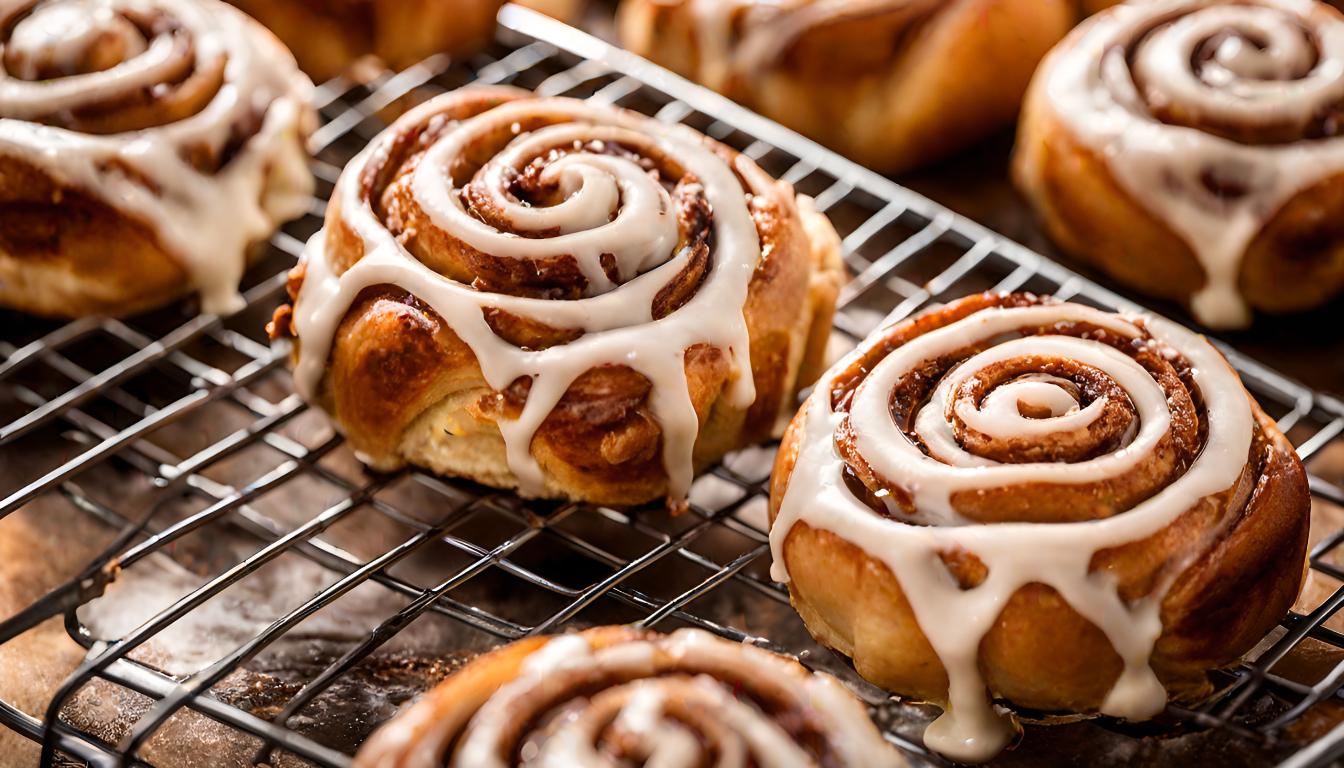
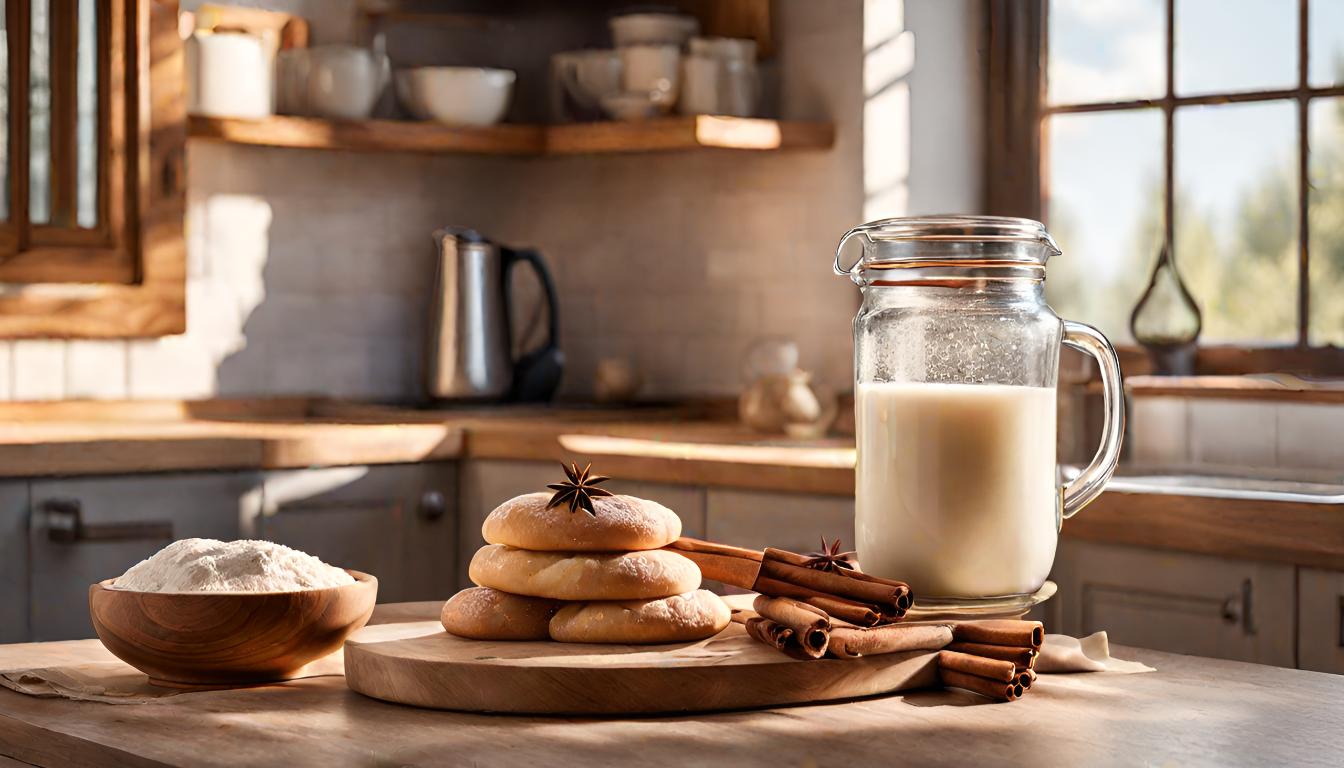
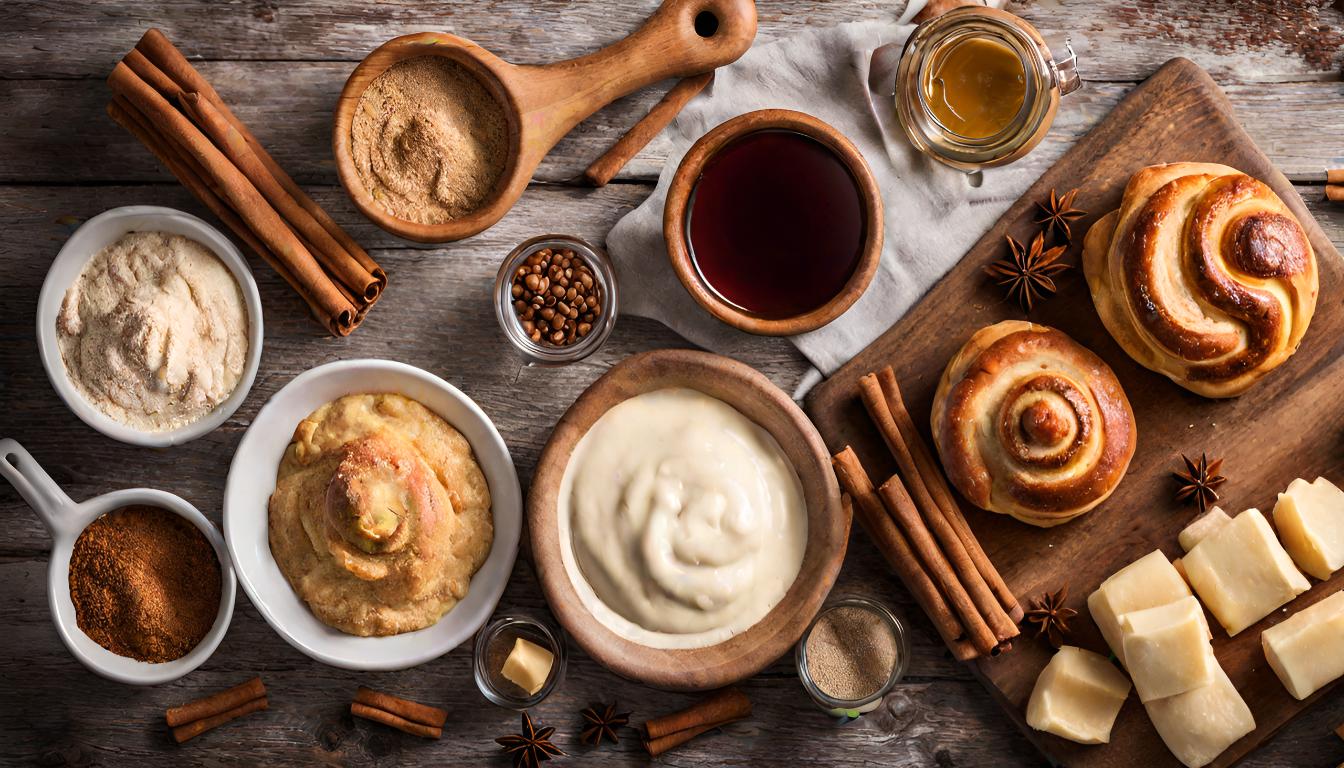
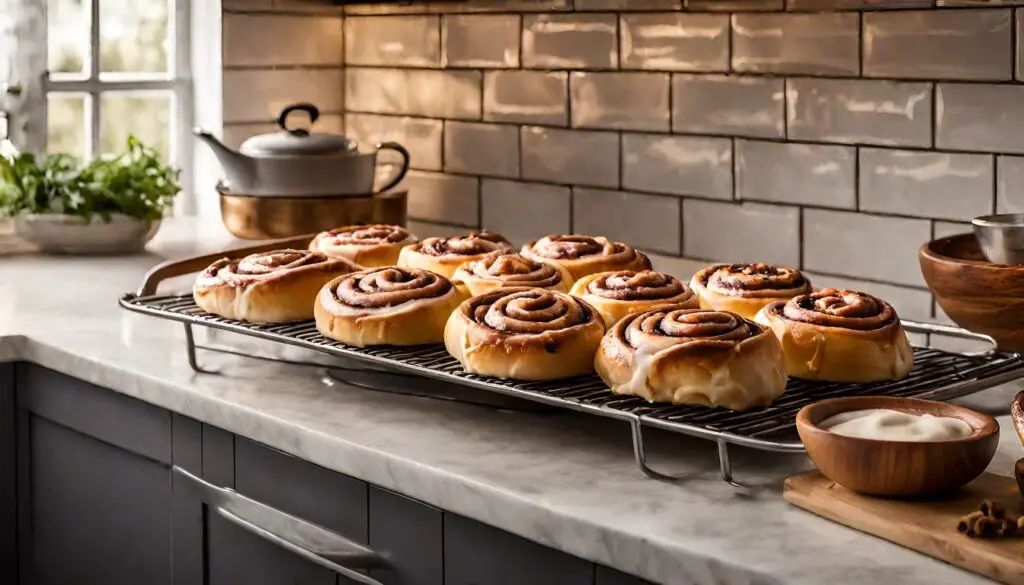
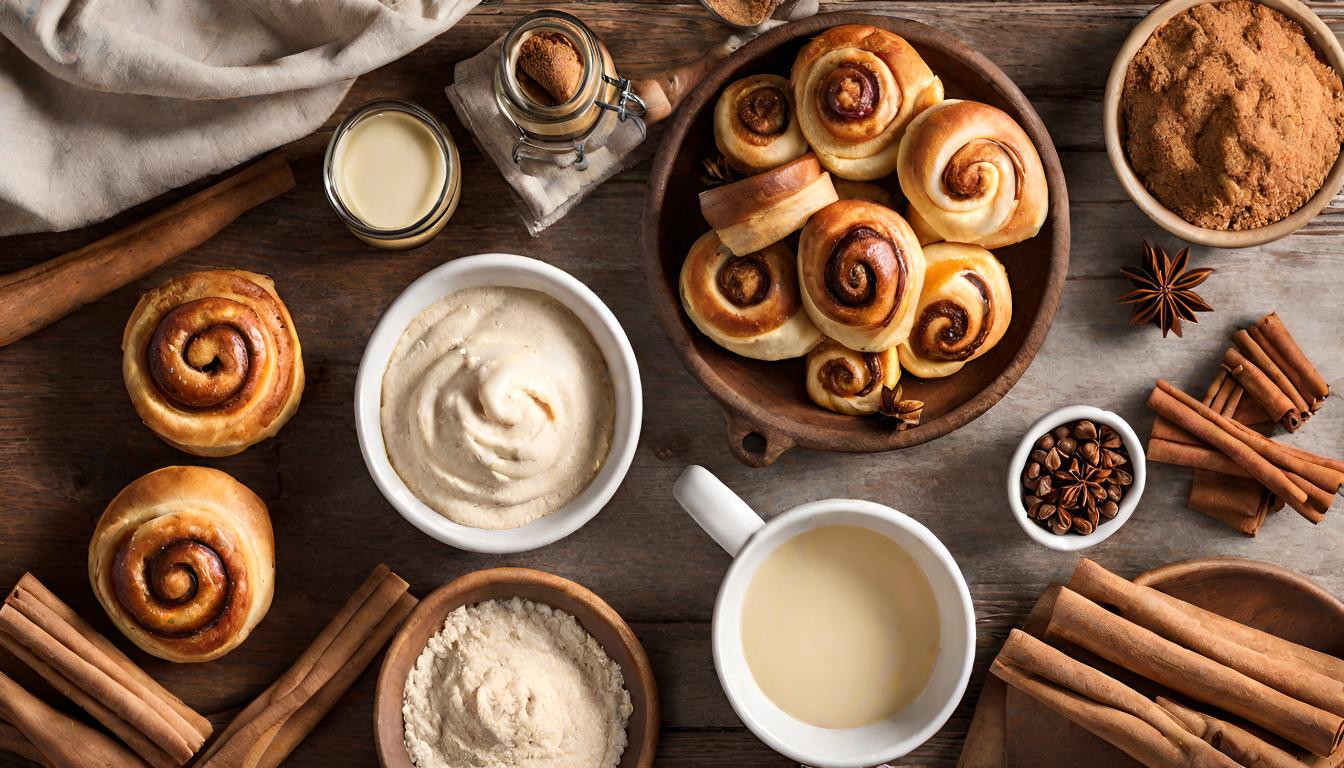




Comments are closed.